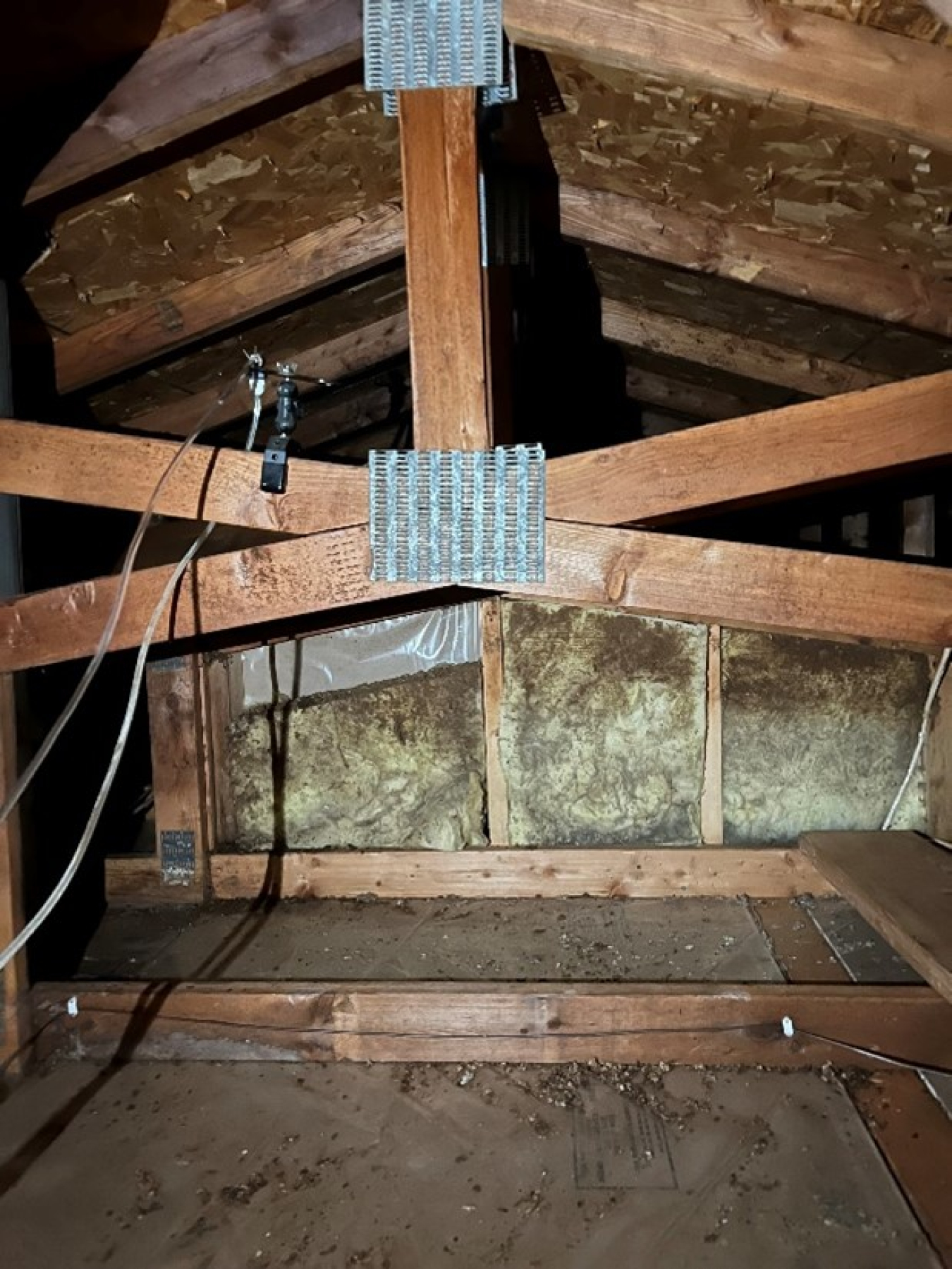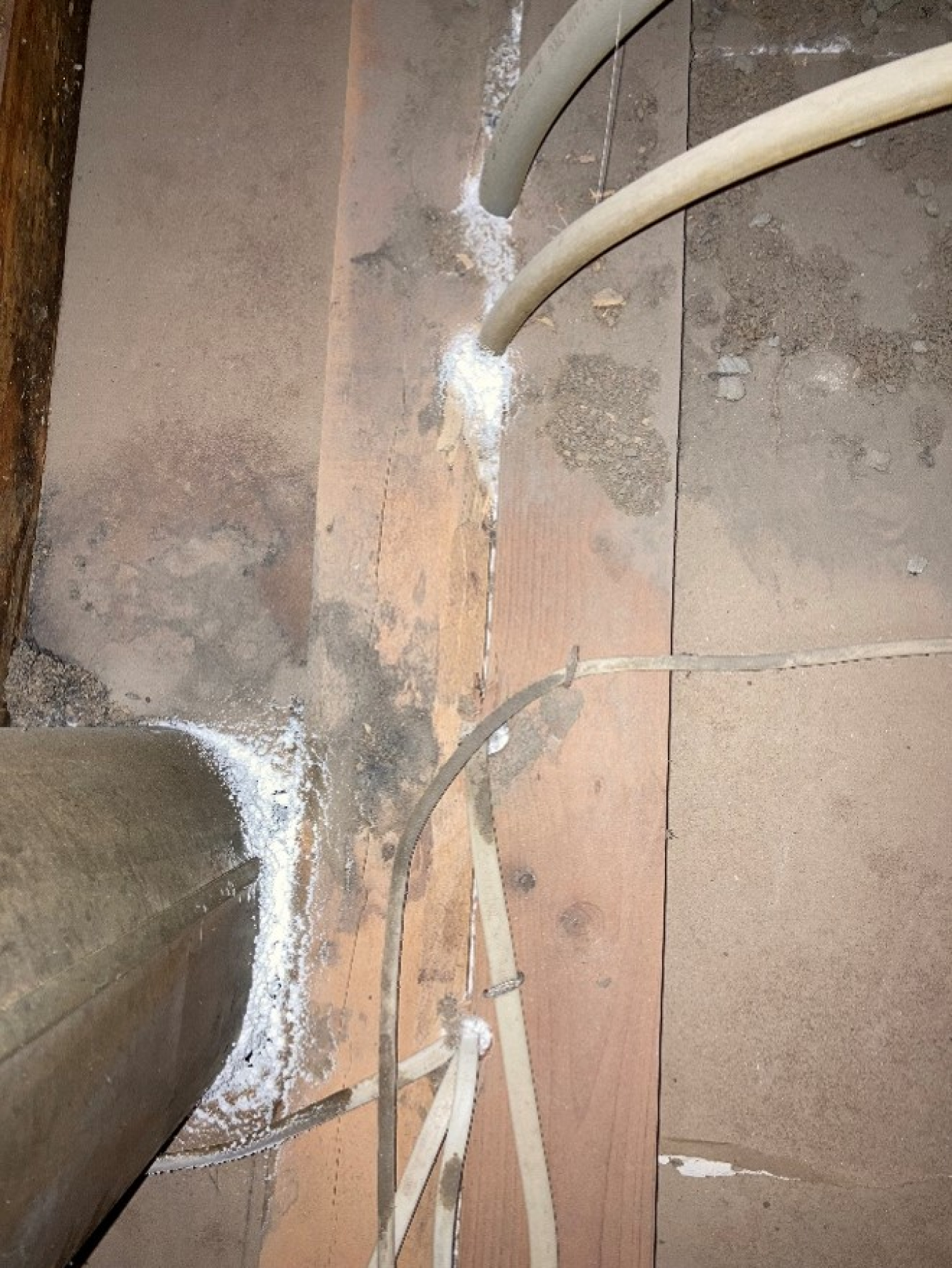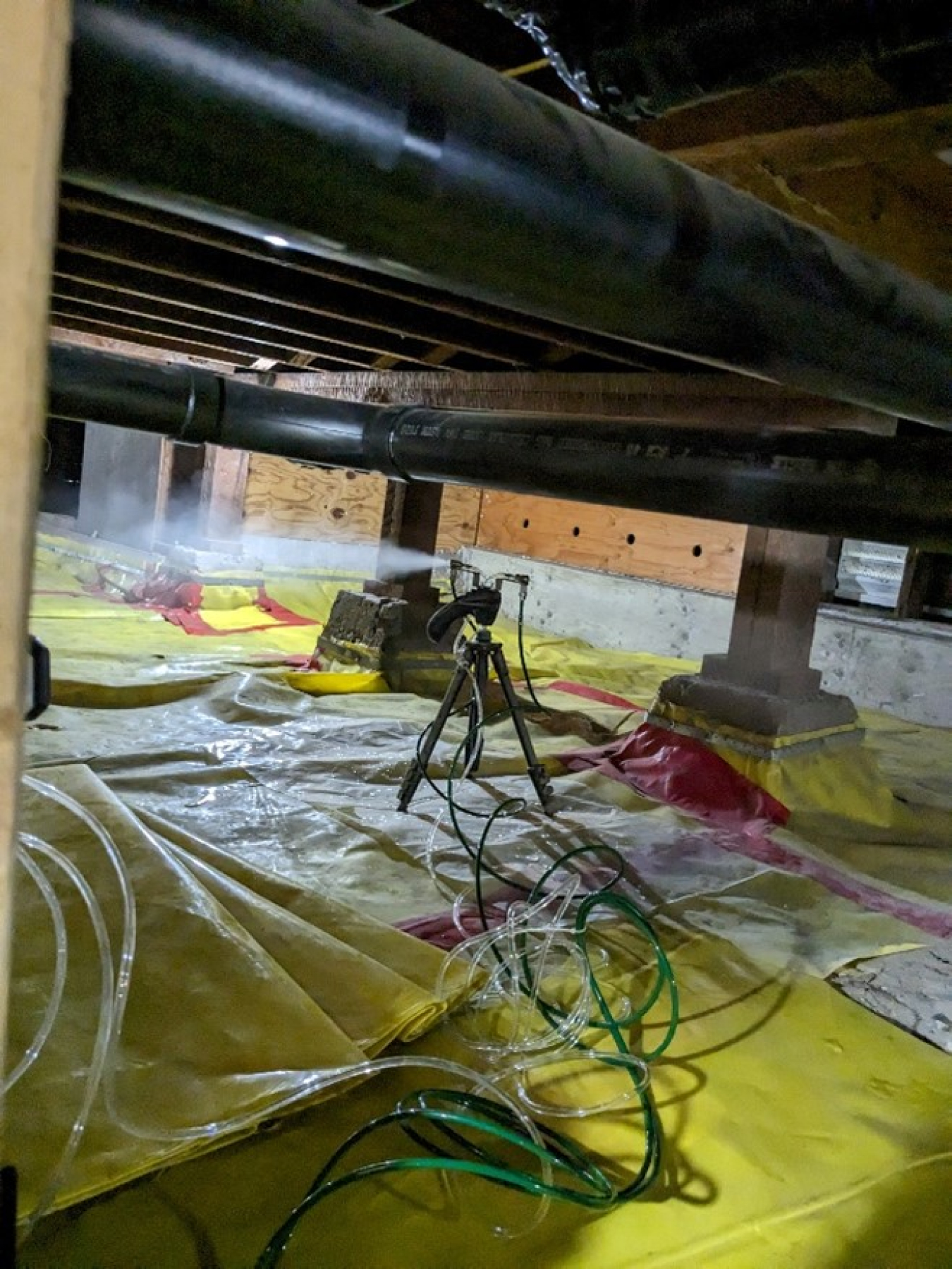Lead Performer: Center for Energy and Environment – Minneapolis, MN
February 14, 2024


Lead Performer: Center for Energy and Environment – Minneapolis, MN
Partners:
-- UC Davis Western Cooling Efficiency Center – Davis, CA
-- Aeroseal, LLC - Miamisburg, OH
-- Oak Ridge National Laboratory – Oak Ridge, TN
DOE Total Funding: $759,897
Cost Share: $190,229
Project Term: November 1, 2023 – October 31, 2025
Funding Type: Buildings Energy Efficiency Frontiers & Innovation Technologies (BENEFIT) – 2022/23
Project Objective
This project aims to enhance and demonstrate the cost and performance of aerosol envelope sealing in occupied residences, focusing on building types commonly found in disadvantaged communities. The current aerosol envelope sealing method, which is highly successful, involves releasing sealant inside the conditioned space. However, its applicability is restricted to new or unoccupied residences. A novel method is proposed, involving the release of sealant in adjoining areas while the residence is depressurized, effectively sealing 75% or more of the leaks in the targeted portion of the envelope. The sealing cost is estimated to vary between $0.90 and $1.50 per square foot of attic floor area for sealing between the living space and attic. The project will assess how the type of space, existing insulation, and manual sealing impact effectiveness and cost. Additionally, equipment and process improvements will be developed to enhance overall cost-effectiveness. This advanced air-sealing technology offers a cost-effective method to significantly decrease air leakage in existing occupied buildings using aerosol sealants. By inverting the conventional process and applying the sealant from the exterior, this highly effective process can be used on existing occupied buildings with minimal disruption to occupants. The points of entry are attics, crawlspaces, unconditioned basements, attached garages, and the “belly” of manufactured houses.
The project’s main goal is to develop the protocols for exterior application of aerosol sealant to greatly increase the applicability of this proven technology in existing occupied buildings, which comprise 98% of residences. Specific goals of this project include:
- Develop and continually refine protocols.
- Seal 40 homes in three different climate zones.
- Quantitatively measure air leakage reductions.
- Perform a market study to identify barriers and opportunities to deploy the technology.
Project Impact
Current state-of-the-art methods for retrofit air-sealing are all manual with highly variable results. Previous projects have proven that aerosol envelope sealing technology in new and unoccupied existing residences is more effective and reliable. This project is innovative by inverting the original process for the 98% of homes that are existing residences, which are poor candidates for the original process due to the high cost and inconvenience to residents. The impact is thus 40–50 times greater than that of aerosol sealing in new home construction.
Contacts
DOE Technology Manager: Sven Mumme
Lead Performer: David Bohac, Center for Energy and Environment
Related Publications
Bohac, D.L. and C. Harrington. 2020. Aerosol Envelope Sealing of New Residences. U.S. Department of Energy Building America Program. DOE/GO-102020-5475. https://www1.eere.energy.gov/buildings/pdfs/78112.pdf.
Harrington, C., and D. Springer. 2015. Field Trial of an Aerosol-Based Enclosure Sealing Technology. KNDJ-0-40340-05. Washington, DC; Building America Building Technologies Program, U.S. Department of Energy.
Harrington, C., and D. Springer. 2015. Field Trial of an Aerosol-Based Enclosure Sealing Technology. Alliance for Residential Building Innovation for the U.S. Department of Energy Building America Program. DOE/GO-102015-4728. https://www1.eere.energy.gov/buildings/publications/pdfs/building_america/aerosol-based-enclosure-sealing-technology.pdf.
Harrington, C., and M. Modera. 2012. Laboratory Testing of Aerosol for Enclosure Air Sealing. KNDJ-0-40343-00. U.S. Department of Energy Building America Program. https://wcec.ucdavis.edu/wp-content/uploads/2013/06/1140-final-modeling-results-report8.pdf.
Maxwell, S., D. Berger, and C. Harrington. 2015. Apartment Compartmentalization With an Aerosol-Based Sealing Process. Consortium for Advanced Residential Building for the U.S. Department of Energy Building America Program. https://www.nrel.gov/docs/fy15osti/63665.pdf.

